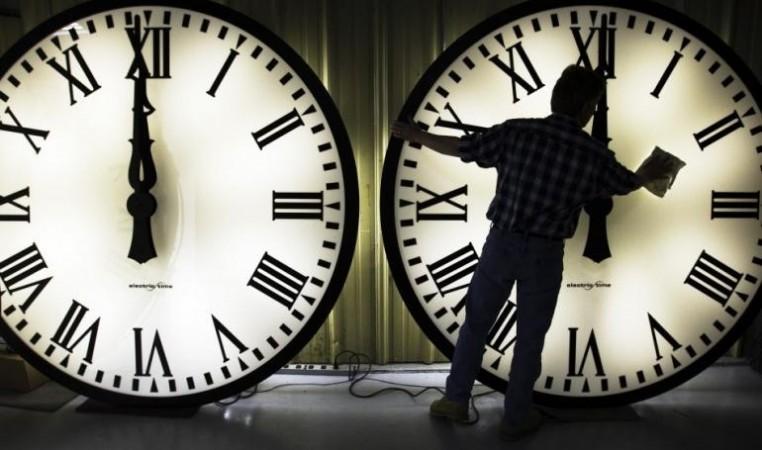
On Sunday, 8 March 2015, most of the United States, Canada and some northern cities of Mexico will switch to Daylight Saving Time (DST). Those living in these areas observing DST will have to spring forward their clocks from 2am to 3am, local time.
Every year most Americans and Canadians set their clocks one hour ahead on the second Sunday of March (this technically should be done on Saturday night) and turn them back one hour on the first Sunday of November every year.
In short, the areas that observe DST on 8 March will fall back to standard time at 2am local time on Sunday, 1 November 2015.
Origins and History of Daylight Saving Time
Ever wondered how did the Daylight Saving Time came into being?
The daylight saving time was first implemented in Germany and Austria-Hungary on 30 April 1916. The US government started observing 'Daylight Saving Time' during World War I in order to save fuel and other resources like the Germans did, according to a CNN report.
"During WWII, it came back," added the report. "After the second war, the U.S. converted factories from making bombs to making cars and consumer products. The GIs came home. But Daylight Saving Time just stuck around."
The history of DST, however, goes as far back to the 1800s. It is said that it was a New Zealander, George Vernon Hudson, who proposed the modern idea of daylight saving in 1895.
Also, several countries implemented DST during the energy crisis in the 1970s.
DST 2015 not to be implemented everywhere in US:
Though the daylight saving will be followed by most US states, there are some areas that will not change the time.
According to TimeandDate.com, there will be no DST in Hawaii, Puerto Rico, American Samoa, Guam, The United States Virgin Islands and most of Arizona.
Areas in Canada that will not follow daylight saving include certain regions in Quebec, most areas in Saskatchewan, Southampton Island and a few areas in British Columbia.
DST in Mexico
Some of Mexican cities located on US border such as Juarez City (Ciudad Juárez) will follow the United States' daylight-saving time schedule.
A large number of Mexican cities, including the capital Mexico city, will be switching to DST only on 5 April 2015.

















